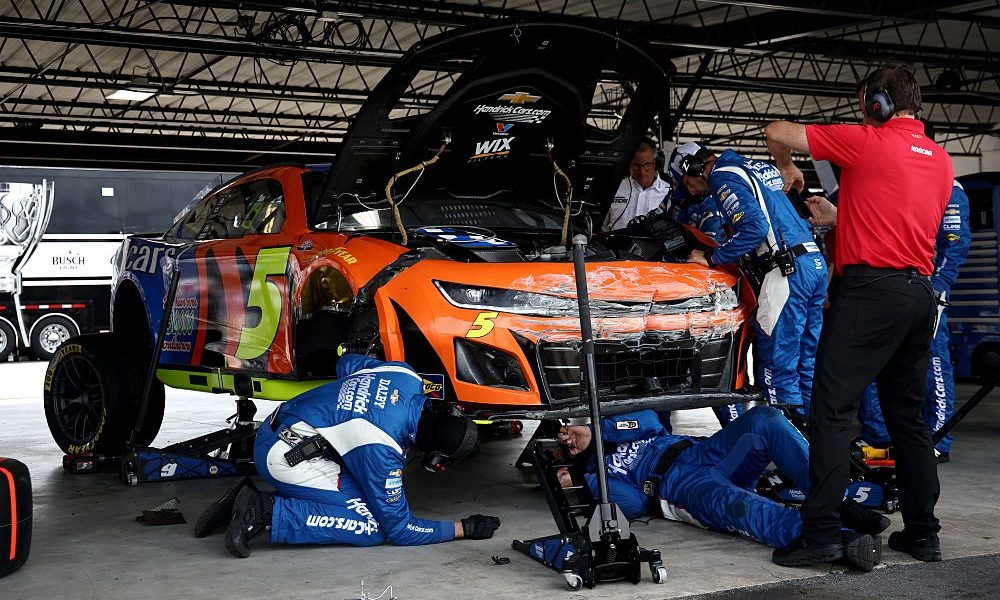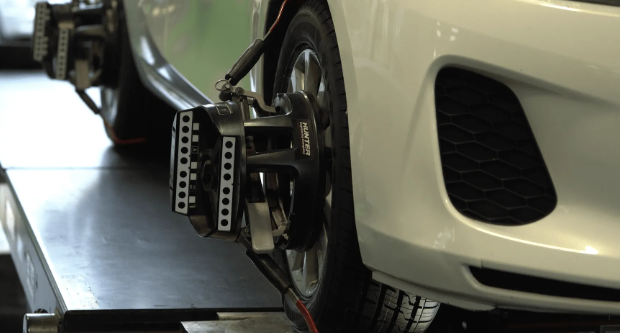Turn signals are essential safety devices that communicate a driver’s intentions to others on the road. One common problem that drivers encounter is irregular flashing speeds—either too fast, too slow, or inconsistent blinking. These timing irregularities are more than just a nuisance; they often signal underlying electrical or mechanical issues that require professional service. This article explains the causes of turn signal timing problems and why timely maintenance is important to keep your vehicle safe and functioning properly.
Common Causes of Turn Signal Timing Irregularities
When turn signals flash at unusual speeds, the root cause often relates to electrical load imbalances. Traditional turn signals rely on a flasher relay calibrated for incandescent bulbs, which draw a specific amount of current. If a bulb burns out or is replaced by an LED bulb with lower power consumption, the relay detects a reduced load and may cause the signal to flash rapidly—commonly called hyper-flashing.
Conversely, a slow or irregular flash can occur due to failing bulbs, corroded sockets, or faulty wiring that restricts electrical flow. Malfunctions within the flasher relay or turn signal switch can also cause irregular timing. In some modern vehicles, electronic control units (ECUs) manage signal timing, and software glitches or sensor failures can lead to erratic behavior. Going for the Auto Repair in Goshen, IN based service would be quite important there.
Why Irregular Flashing Signals Require Prompt Attention
Turn signal timing irregularities reduce the clarity of your signaling, increasing the risk of miscommunication with other drivers. Rapid flashing can confuse motorists, while signals that blink too slowly or erratically may be mistaken for a malfunction or simply go unnoticed.
Ignoring these issues can lead to more significant electrical problems, such as blown fuses, damaged wiring, or failure of related lighting systems like hazard lights. Furthermore, faulty turn signals can result in traffic violations and fines, as well as compromise your personal safety and that of others on the road.
How Professionals Diagnose and Fix Timing Issues
When you bring your vehicle in for turn signal problems, technicians start by inspecting all bulbs on the affected side, checking for burnt-out or incompatible replacements. They then examine the sockets and wiring for signs of corrosion, damage, or loose connections.
If bulbs and wiring are intact, the flasher relay or turn signal switch is tested and replaced if faulty. For vehicles with ECU-controlled lighting, technicians use diagnostic tools to scan for error codes and update or reprogram software as necessary. In cases of LED upgrades, they might install load resistors or replace the flasher relay with an LED-compatible unit to restore proper timing.
Preventing Future Turn Signal Timing Problems
To avoid irregular turn signal flashing, regular maintenance and prompt bulb replacement are key. Using bulbs recommended by the manufacturer prevents electrical load mismatches, and inspecting wiring during routine service can catch early signs of wear.
If upgrading to LEDs, make sure the conversion kit is compatible with your vehicle’s electrical system. Regular checks, especially after adverse weather or vehicle modifications, help maintain consistent and safe turn signal operation.




